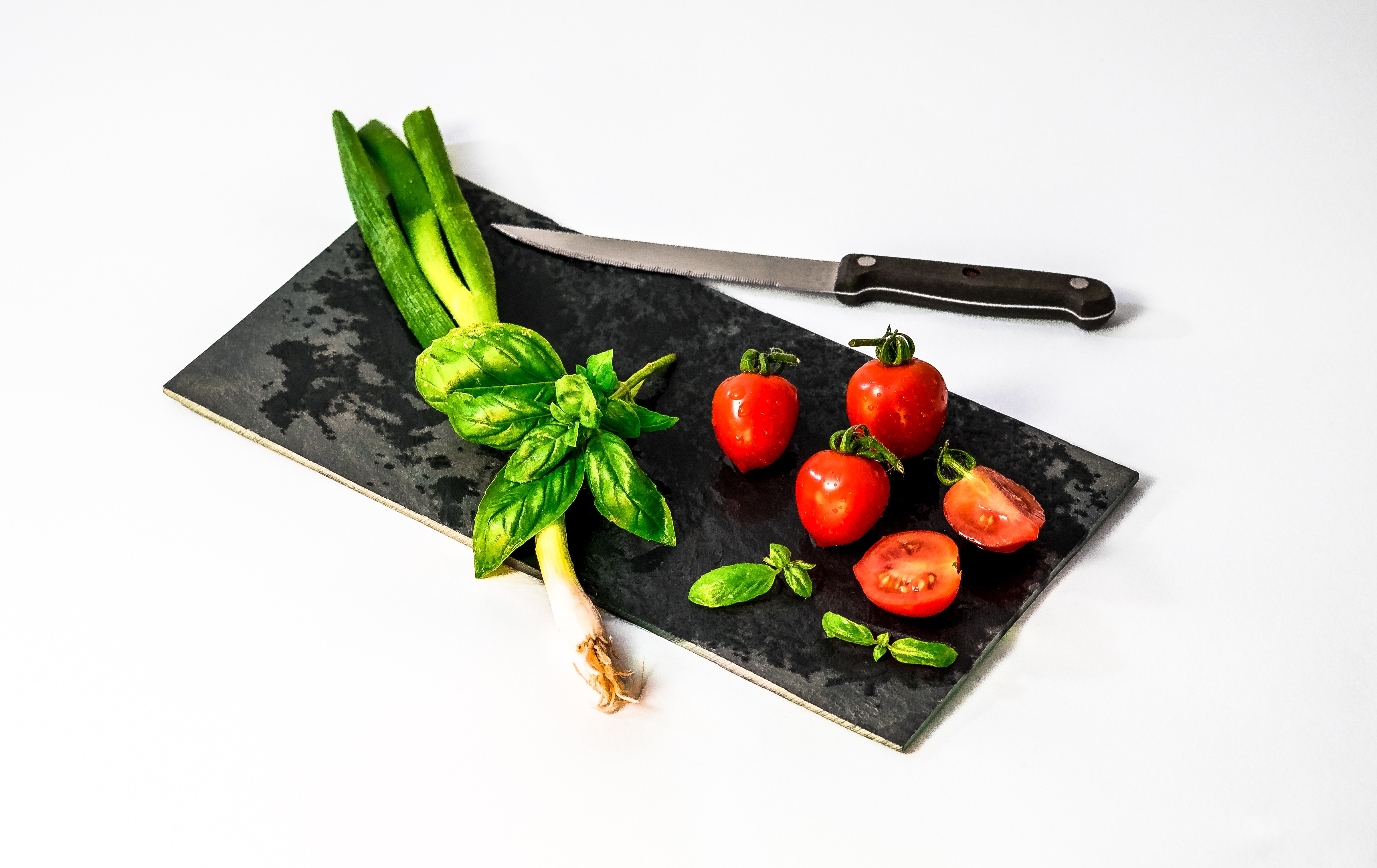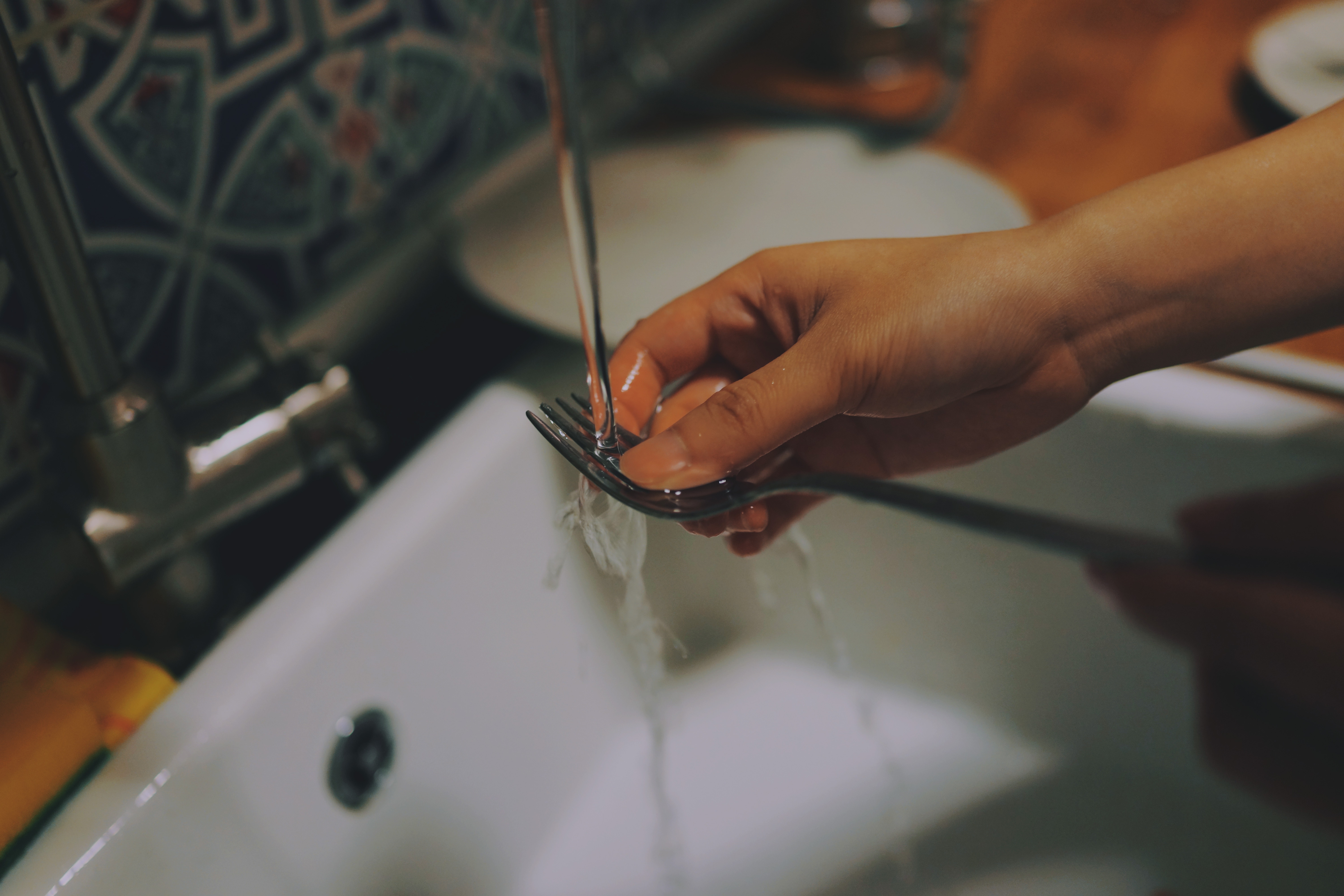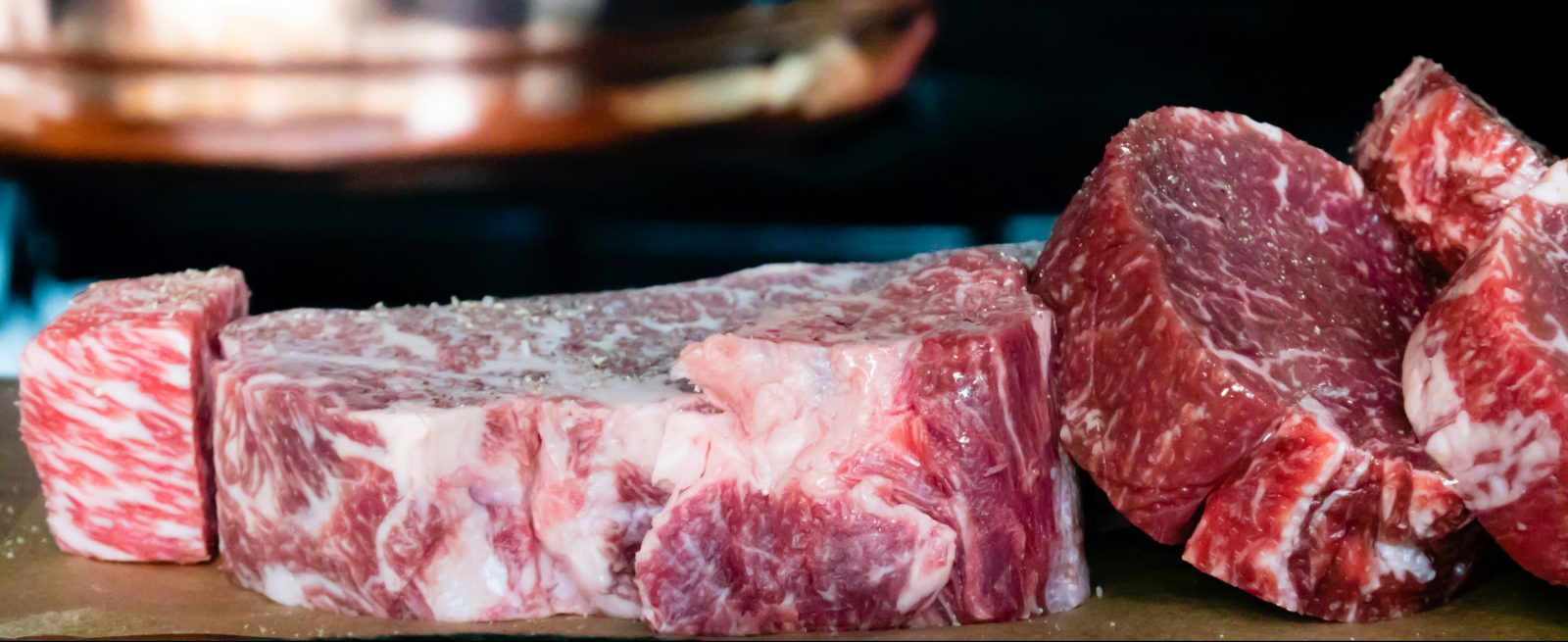Preventing Cross Contamination: A Huge Factor in Reducing Foodborne Illness
3 Min Read By Francine Shaw
Cross contamination is one of the leading causes of foodborne illness, so it’s imperative to know what it is and how to prevent it.
Cross contamination occurs when disease-causing bacteria and viruses are transferred from one food to another, from a surface (like a cutting board or a knife) to foods, or from a person to ready-to-eat food or food contact surface (such as dirty hands to a sandwich or a pair of single-use gloves). Cooking foods to proper temperatures typically kills the bacteria, but most food contamination occurs when the bacteria from raw proteins comes into contact with ready-to-eat foods that aren’t cooked.
Preventing cross contamination is a huge factor in reducing foodborne illnesses. If raw proteins (poultry, meats, seafood eggs) come into contact with ready-to-eat foods (fruits, vegetables, cheese, etc.), the resulting cross contamination can quickly become a crisis.
Preventing cross contamination is a food safety “basic,” but it’s an important concept, so train your staff on proper protocols, provide regular reminders, and double-check that they’re complying with the rules.
Tips to avoid cross contamination include:
- Keep raw proteins away from ready-to-eat foods. Raw proteins (poultry, meats, seafood and eggs) contain harmful bacteria, so use separate plates, cutting boards, knives and other equipment when prepping raw proteins. Never use the same plate to transport raw proteins to the grill or oven and use that same (contaminated) plate to carry cooked proteins. Don’t use the same board or knife to prep raw proteins and ready-to-eat foods (e.g., vegetables). Also, thoroughly wash food thermometers after using them to check internal temperatures of meats/proteins.
- Store foods safely. Store raw proteins on the bottom shelf of the refrigerator or walk-in cooler so juices don’t drip onto ready-to-eat foods. Raw meat, poultry and seafood should be stored in covered containers or sealed plastic bags to prevent their juices from dripping or leaking onto other foods.
- Separate clean and dirty equipment. Train staff to separate clean, sanitized dishware from used items (e.g., don’t carry dirty dishware through food prep areas). Separate wash bins and food prep areas, so dirty water and other contaminants don’t splash onto foods or clean dishes/utensils.
- Use separate cutting boards. Designate certain cutting boards for prepping raw proteins, and use different ones to prep ready-to-eat foods (like chopping vegetables for a salad or prepping fruits for garnishes). Consider color coding your cutting boards to ensure they’re used properly. Thoroughly clean, disinfect and sanitize any boards, knives and other equipment that came into contact with raw proteins. Replace cutting boards whenever they’re excessively scratched or damaged. Damaged cutting boards develop grooves that are difficult to clean, so bacteria could grow and thrive there.

- Keep it clean. It’s imperative to regularly clean and sanitize surfaces using proper protocols and supplies, like surface sanitizer, which will effectively disinfect food contact surfaces in 30 seconds when utilizing appropriate disinfection instructions. Be sure to properly and thoroughly clean counters and equipment after preparing raw proteins.
- Wash hands. Insist that all employees wash their hands often, especially after touching raw proteins, cleaning supplies, food allergens, and other items that could cause cross-contamination. Additionally, it should be common practice for employees to wash their hands after using (or cleaning) the restroom, handling money, touching germy cell phones, using cleaning supplies, coughing or sneezing, and/or touching items that others have touched (doorknobs, menus, soiled tablecloths, etc.)

- Practice good personal hygiene. In addition to requiring proper hand washing, make disposable gloves part of your food safety protocol for an added layer of protection. Employees should wear disposable gloves in the kitchen and change gloves every time they begin handling new foods (and after touching their phones, etc.) In addition, require your kitchen staff to wear aprons and headwear to protect foods from outside contaminants carried on their bodies, hair and clothes.
- Keep foods away from hazardous materials. Never store chemicals or cleaning supplies near foods. Create a separate area for garbage. Don’t carry trash, cleaning supplies or other hazardous/dirty items through areas where food is being prepped, cooked or served.
- Separate food allergens. Store and prep food allergens (e.g., nuts, shellfish) away from other foods. Use separate equipment to prep food allergens, which could cause a life-threatening reaction in a food-allergic guest. Keep flours, breadcrumbs, nuts, and other allergens separated and covered.
Note the difference between cross contact and cross contamination. Anyone can become ill from cross contamination if they eat foods that have touched raw meats, poultry or eggs. Cross contact is dangerous only for food-allergic guests, who may inadvertently ingest their allergens if proper care wasn't taken during food prep. Cross contact is a relatively new term; be certain that your staff understands what it means and how to prevent it.


